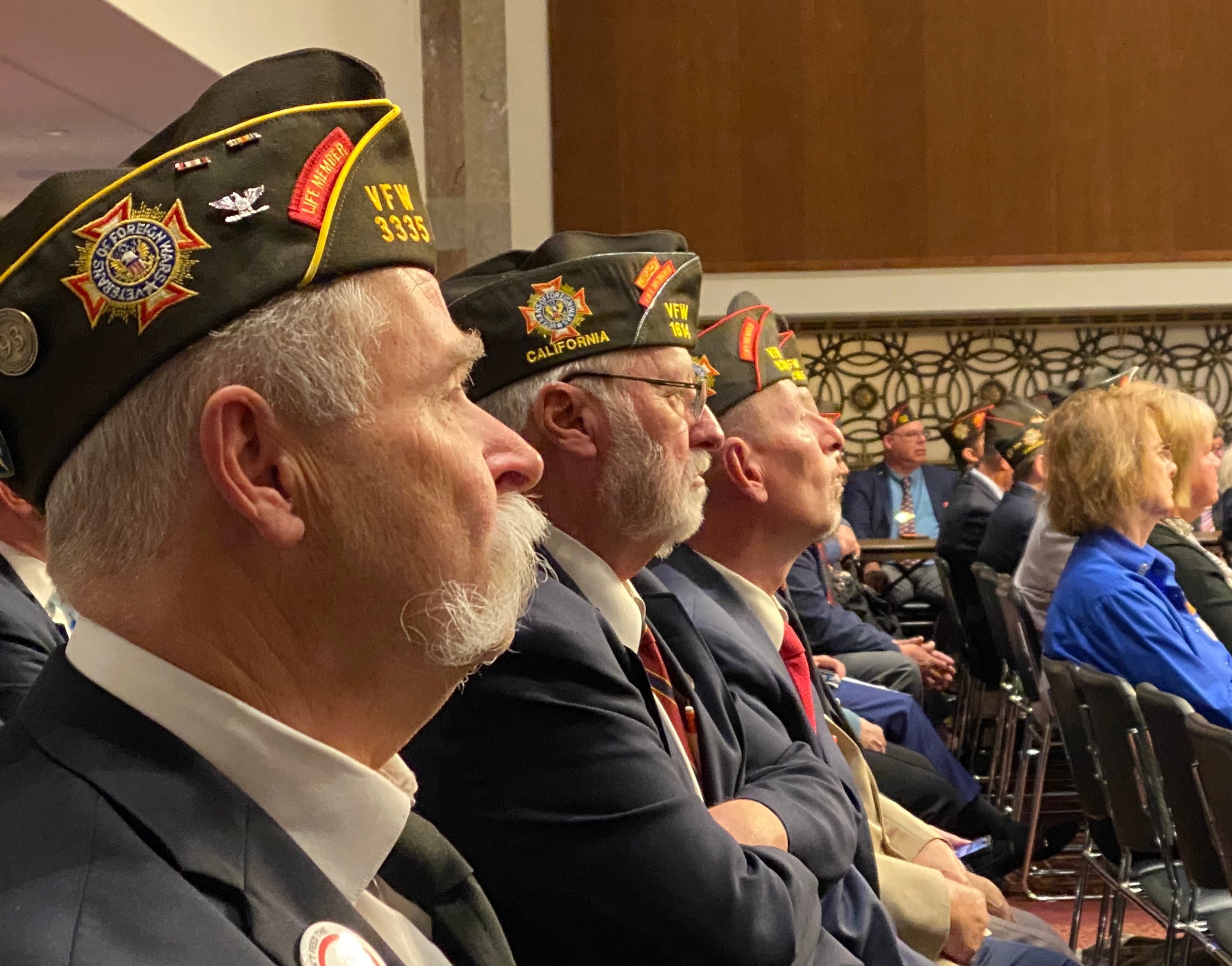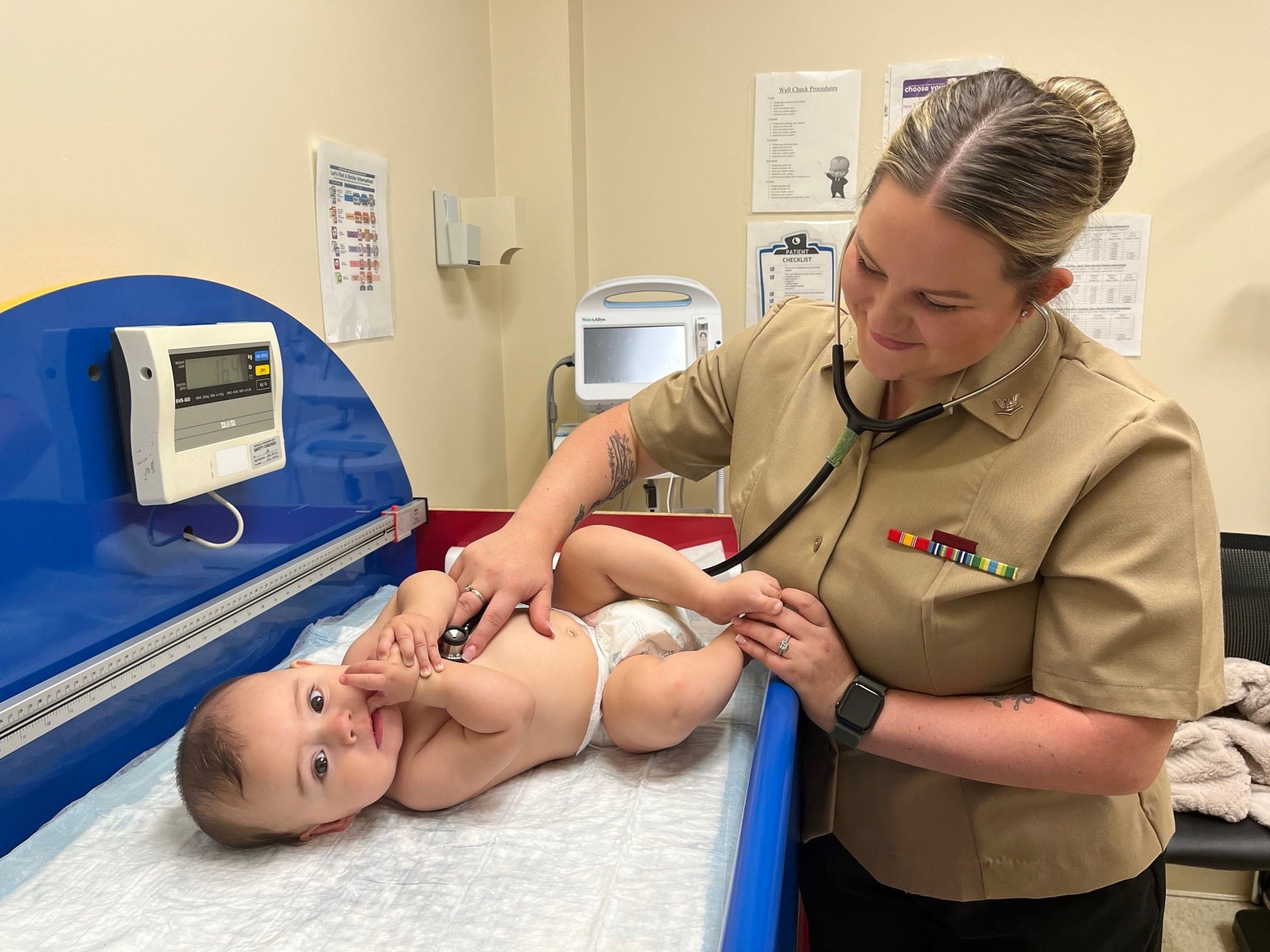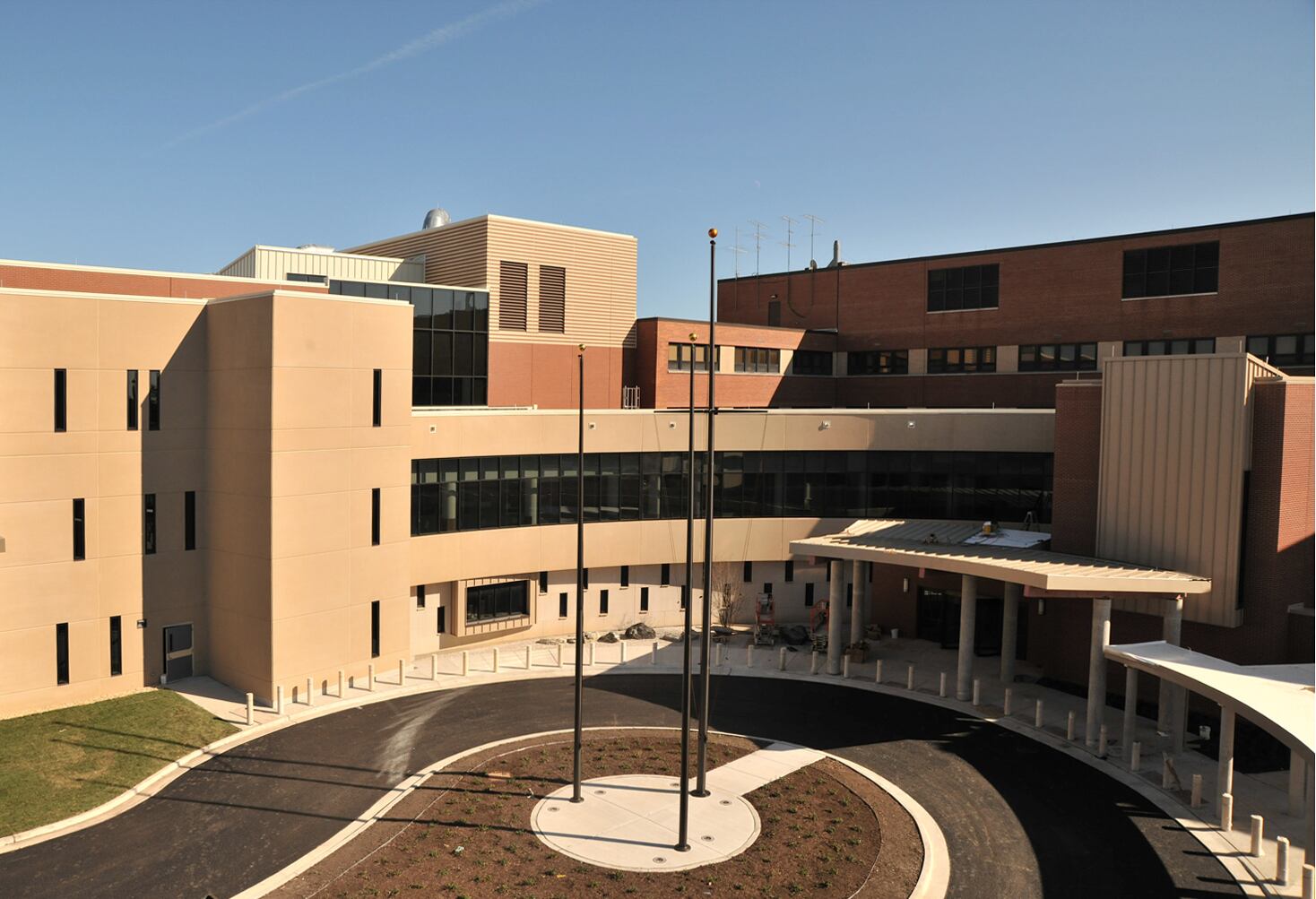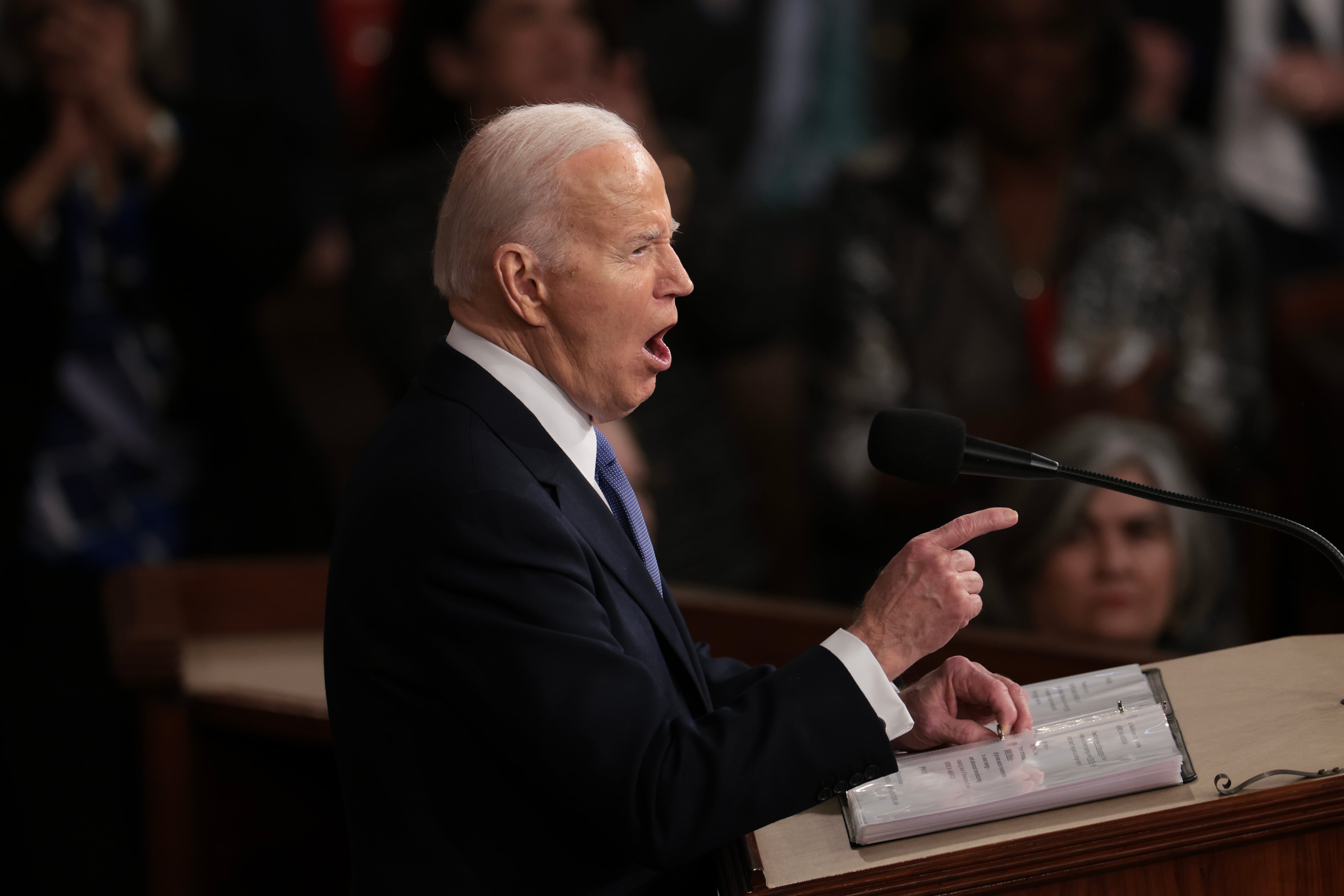Senior Chief Hospital Corpsman Justin Rains had only completed accession training and field medical school at Camp Lejeune, North Carolina, when he was sent to Iraq in 2005.
He and his peers would have benefited from a trauma-specific training program — like the newly developed Hospital Corpsman Trauma Training course — before heading overseas, Rains said.
“Speaking as a corpsman, this is … the only trauma experience that these corpsmen are going to get before they go to the operational assignment,” Rains told Navy Times.
Rains and Cmdr. Colleen Abuzeid are the program directors for the course and oversee the program’s day-to-day operations for training sites in Jacksonville, Florida; Raleigh, North Carolina; Cleveland; and Great Lakes, Illinois, where the Navy has partnered with local level-one trauma centers like the University Hospital Cleveland Medical Center.
“The thing that makes this unique is that within the Navy this is the only program that exists to provide trauma-specific training to our hospital corps rates,” Abuzeid told Navy Times. “We have training set up for our doctors, our nurses, the other professionals within the medical community, but this is the first of the kind for the hospital corps.”
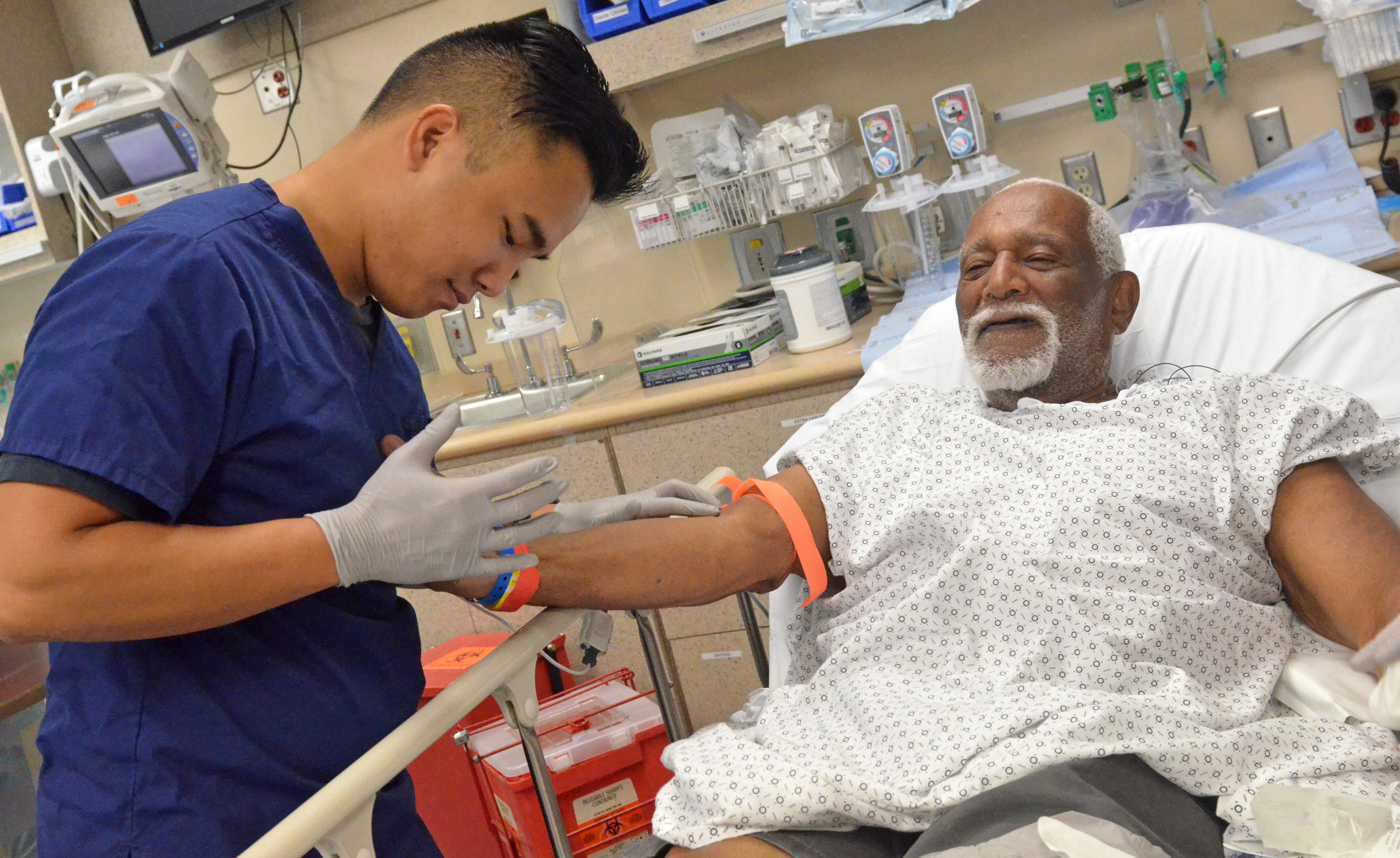
The program started as a proof of concept back in 2017 at Great Lakes, consistent with the Navy’s efforts to revamp trauma care within the service, and was one of several initiatives aligned with that goal.
“Our provider teams must be prepared to provide trauma care across the full range of military operations and it is incumbent on us to ensure they have access to this clinical experience either in our facilities or with civilian partners,” then-Navy Surgeon General Vice Adm. Forrest Faison said in prepared remarks to the House Appropriations defense subcommittee in 2019.
The Hospital Corpsman Trauma Training course starts with two weeks of “hands-on trauma skill verification and didactic presentations,” followed by an additional five weeks of clinical rotations with emergency department and trauma units, surgical intensive care units, perioperative and post-anesthesia care units, and operating room and wound care immersion, according to the Navy.
As an accredited course through the American Council of Education, graduates are eligible for college credits.
The course, which is targeted toward junior hospital corpsmen, is particularly important because many hospital corpsmen have never dealt with any kind of trauma patient before — and witnessing such cases can be overwhelming to digest, Abuzeid said.
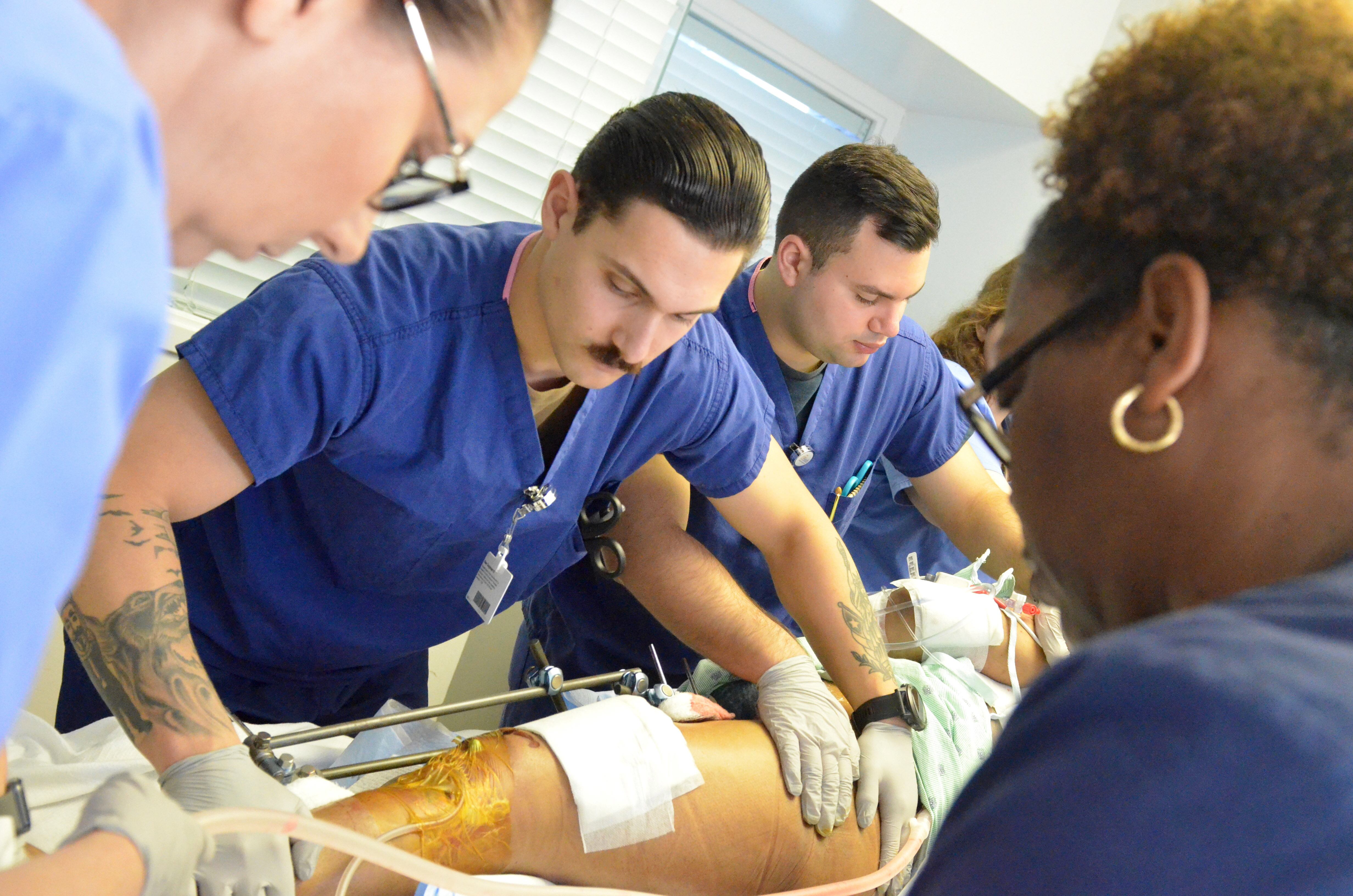
As a result, the program is in part designed to provide corpsmen with the appropriate guidance in the event they experience emotional challenges during a trauma scenario and have someone experienced walk them through the scenario and how to treat the issue.
That way, trauma scenarios are nothing new to corpsmen when they are working in an operational setting, Abuzeid said. Such cases include gunshot wounds, car accidents, amputees, stabbings, among other injuries.
“Anything and everything is all game for these students,” Abuzeid said.
Familiarity with these injuries is critical in a real-time crisis when every moment counts, Rains said.
“The key to this is it gets rid of the initial shock and the initial trauma on the battlefield,” Rains said. “It saves those precious, precious seconds.”
“Exposure to traumas that are like what they’re going to see on the battlefield or on a ship is really what we have found to be key to what can ultimately reduce that initial shock,” Rains said.
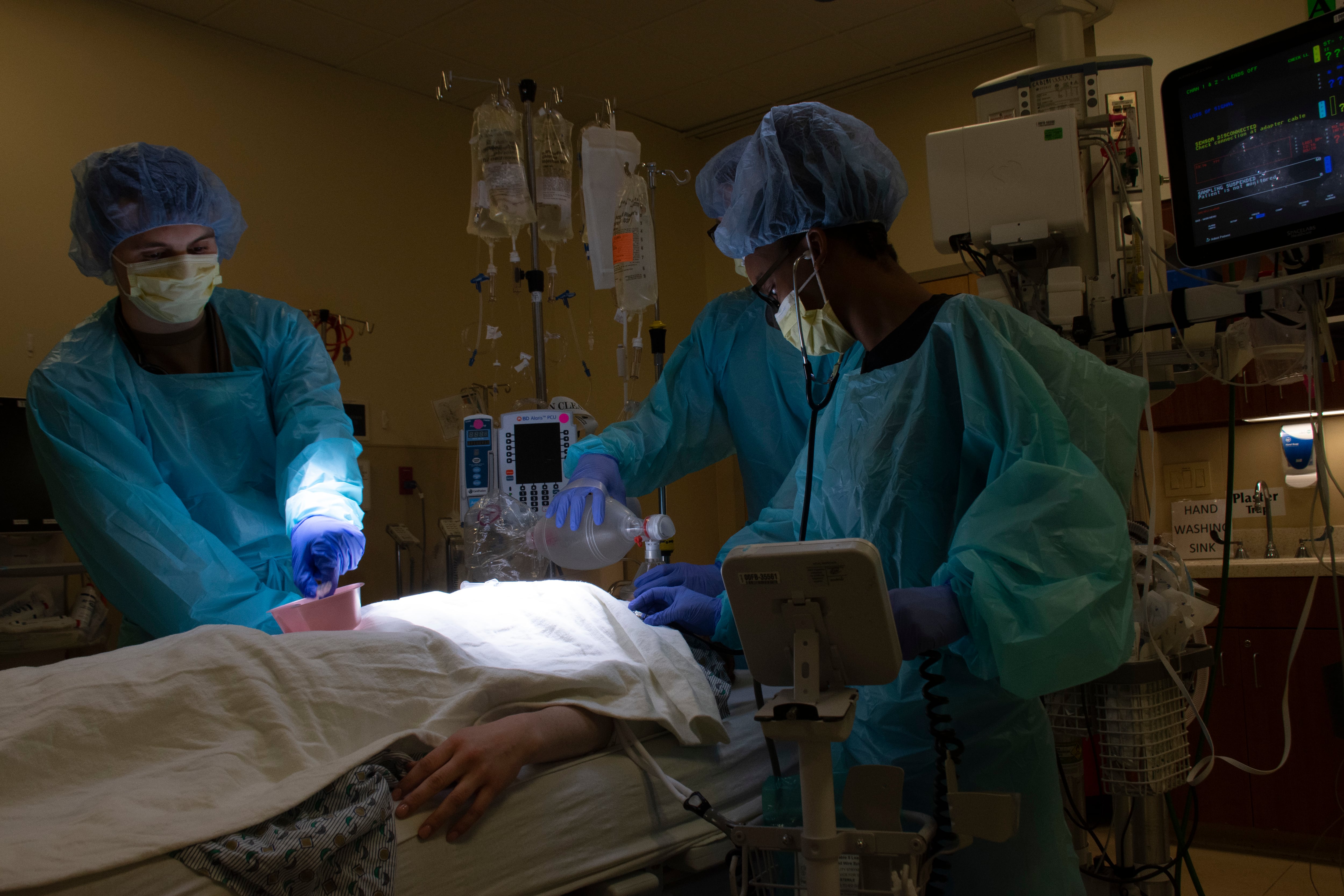
In the long run, said Capt. Justice Parrott, executive officer at Navy Medicine Operational Training Command, the program aims to close the gap between when corpsmen believe they are prepared to handle trauma scenarios and when they are actually equipped to do so.
“It decreases the difference between when a hospital corpsman thinks they are ready and when they are actually ready to care for a warfighter in harm’s way,” Parrott said in a Navy news release.
Each of the training sites conduct six iterations of the seven-week program during each fiscal year. To date, over 375 attendees across all four of the locations have completed the program, according to Abuzeid.
Planning for the next fiscal year is underway, and Abuzeid said the Navy is eager to boost these numbers even more in the near future, even though the COVID-19 pandemic posed some limitations in getting more corpsman trauma experience.
“As we’ve now been able to expand to four sites, obviously, that number of trained will exponentially increase throughout the upcoming year,” Abuzeid said.
In response to the COVID-19 pandemic, a training pause was implemented to ensure the safety of staff members and to guarantee that military treatment facilities had appropriate staff in the event of a surge to treat COVID-19 patients.
Training resumed in October 2020, with some class sizes reduced from the typical 16 students to ensure the local hospitals the Navy partners with can safely accommodate them and follow appropriate COVID-19 guidelines.
“So eight is the sweet number — 16 is still the maximum depending on what’s going on within each locality,” Abuzeid said.
Although there is interest to continue expanding the program to additional sites, hurdles like COVID-19 have stunted that growth at the moment, Rains said. Ultimately, Navy Medical Forces Support Command is responsible for getting new training sites underway.
Rains encouraged students who are interested in the program to refer to the program’s website, which lays out various requirements for prospective students. Prerequisites include being a hospital corpsman at E-5 or below, being within physical fitness standards, having a clear disciplinary record for the past 12 months and possessing a government travel card.
A nomination form is also available on the website to collect an interested corpsman’s basic information and readiness status, Rains said.
More information on the Hospital Corpsman Trauma Training course is available here.


